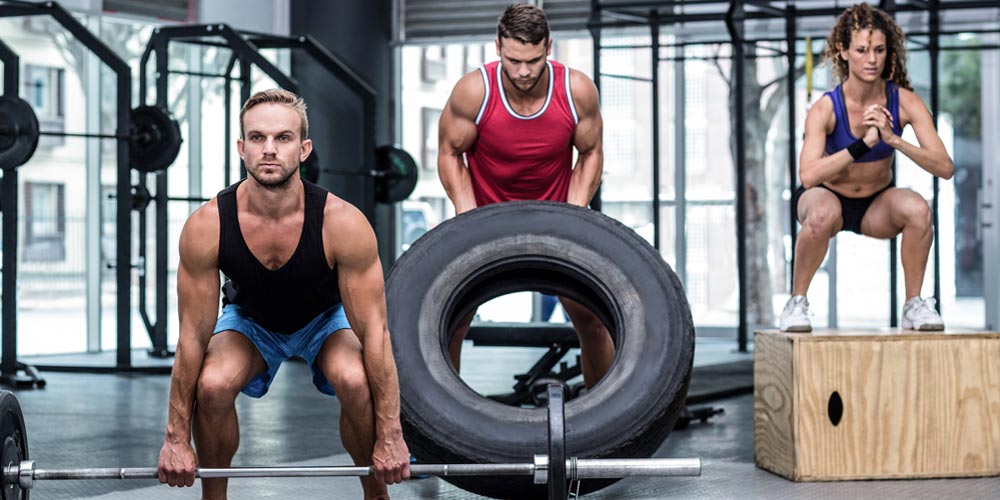Lately there has been a shift in the world of fitness that speaks volumes about how we've changed as individuals. We are gravitating towards more functional movements that directly correlate to our daily lives. Now more than ever, gym-goers are less concerned with the elliptical or the stationary leg and arm machines. What do these machines really DO for you? Will they prepare you for being able to carry all of your groceries from the car to the house in one trip? How about playing with your kids without getting out of breath or hurting yourself?
The answer to these questions are all "NO." Even a squat using just body-weight carries over to our overall fitness than sitting at a leg press machine. Men and women are finding that even short workouts based on functional movement and the use of moderate weight at a higher intensity provides them with more of a "burn" or a feeling of accomplishment than 30 minutes on a treadmill.
Another reason for shying away from bulky machinery is the cost. Most people would rather save their money and use minimal or less-expensive equipment. Working out in a group setting where encouragement is part of the experience is also extremely popular. Once people have tried functional, group workouts they find it difficult to workout at the regular gym again. It’s just not as fun. Now, for the untrained athlete or for someone just starting to work out all together, the elliptical and treadmill may be exactly what they need to get started. However, working with weights and learning the proper skills behind body movements would be more beneficial in the long run.
Many have discovered the many facets of functional fitness, like Olympic lifting and Gymnastics. Olympic lifting has also become quite popular, yet is still a little controversial. Many feel that OLY lifts are "dangerous." They can be if done without proper guidance and without attention to the details of such technical movement patterns. The truth is, these kinds of lifts teach us to be strong both mentally AND physically. The same goes for gymnastic movements. We become aware of where our body is in time and space. We learn how to move efficiently so that we don’t hurt ourselves, but also how to get the most out of each movement.
As our workouts change, so does the way our body responds or adapts to those changes. By working out in this new way, we use muscles we’ve never used before. As a result, we get sore. So, myofascial release or "foam-rolling" has also come along as a trend. These recovery techniques are not just for show, but rather serve a real purpose in our body’s ability to bounce-back from hard workouts. Using a foam roller on various muscle groups will allow for faster healing time and faster progression.
A Better Way to Workout

